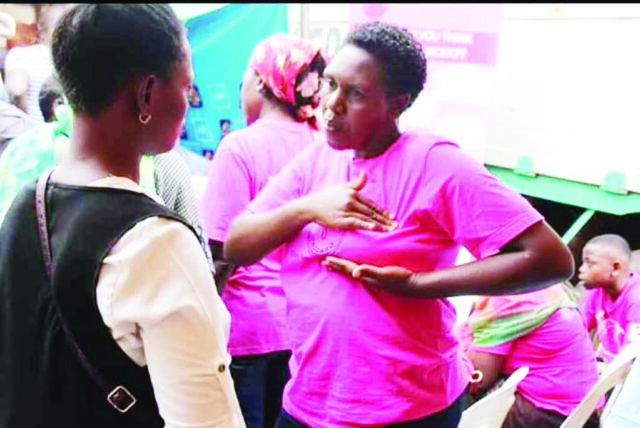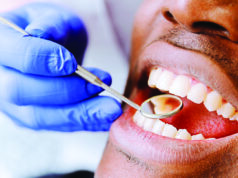By Pauline Akello
Breast cancer was among the most common cancers in 2020 (in terms of new cases of with about 2.26 million cases).
In Uganda, 32,000 new cases and 21,000 deaths caused by cancer occurred in 2018 and about 56,238 people were living with cancer by 2018.
The Globocan cancer statistics report of 2018 registered breast cancer among the top three cancers in Uganda.
A recent full-text article review revealed that cervical cancer was the most studied type of cancer in Uganda, followed by lymphomas and then breast cancer.
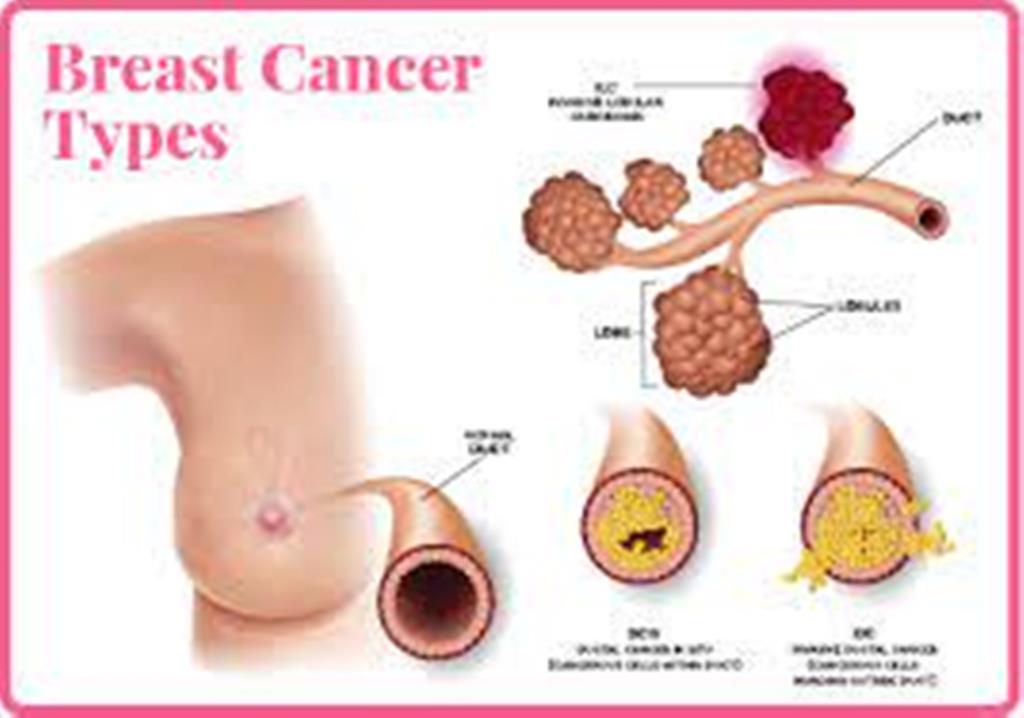
Her endurance
Twenty years ago, Getrude Nakigudde, CEO and co-founder of Uganda Women’s Cancer Support Organisation, was diagnosed with breast cancer.
With her devoted medical checkup routine, it had never crossed her mind that it could be cancer, given the absence of symptoms.
Although the doctor had not mentioned the possibility of it in prior visits, it turned out the benign lump in her breast was cancerous.
“I recall I had left work at lunch time to come to hospital and receive the results of my previous checkups. When the doctor told me I had breast cancer, I began to weep,” Nakigudde says.
The journey of treatment began immediately and she did not want to digress, but it was incredibly grueling.
During treatment, she experienced loss of hair and her breast was cut off. She also suffered loss of self-assurance due to harsh comments around her.
“I recall wearing a wig due to hair loss and some woman commented about how I was fading and advised me to stay home because apparently I looked dreadful,” she says.
She notes that many patients go through this kind of treatment, and it is stigmatising. She adds that this experience made her discover the strength she never thought she had.
The cost of treatment was another straining issue on Nakigudde’s life.
“Cancer treatment is not cheap. It can drain your resources; so, before window shopping for treatments abroad, consider what Uganda has. We actually have good services,” she says.
Even after being a patient and survivor, she has cared for two loved ones who underwent the same ordeal.
As a caregiver
As a caregiver, Nakigudde also suffered greatly. “Multiple times, the patient has lost the will to fight, you have to fan the hope yet you are also struggling with distress. It is much to bear, but I always think to myself, I have to do right by the person,” she says.
She says the support system for caregivers is still wanting and just like the patients, the family members of patients still need more psychological help.
Stages, symptoms
Breast cancer arises in the lining cells of the ducts or lobules in the glandular tissue of the breast. Initially, the cancerous growth is confined to the duct or lobule, where it generally causes no symptoms and has minimal potential for spread (metastasis).
Over time, these in stage 0f cancers may progress and invade the surrounding breast tissue (invasive breast cancer), then spread to the nearby lymph nodes (regional metastasis) or to other organs (distant metastasis). Death is due to widespread metastasis.
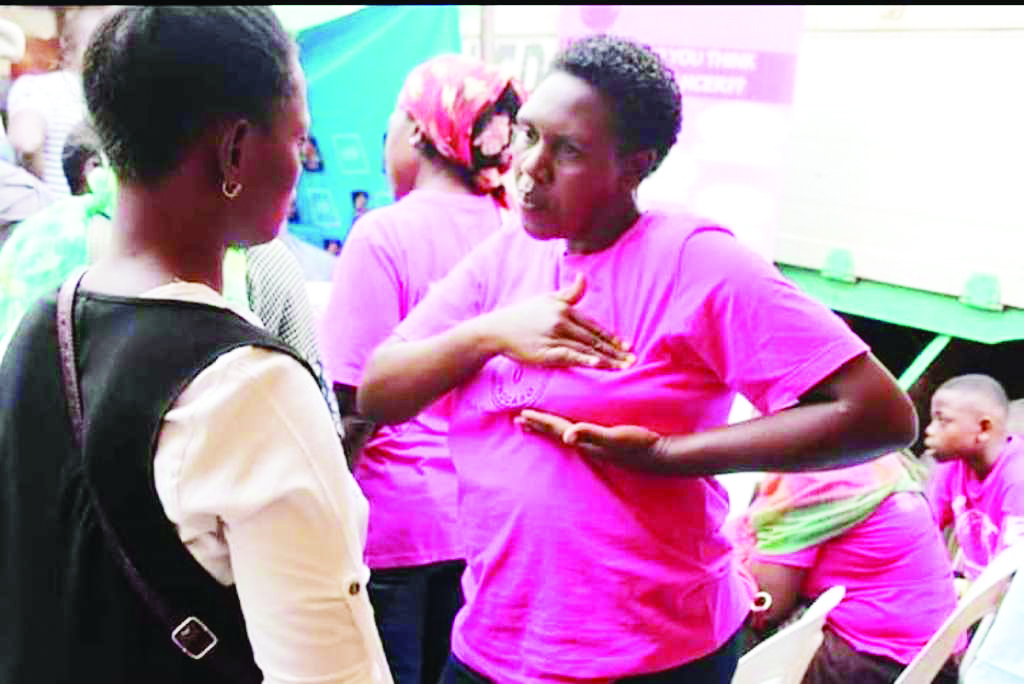
Dr Denis Mubiru of the Uganda Cancer Institute (UCI) says treatment is planned by stage and treatment options have to be discussed with the physician.
He says the stage of breast cancer is an important factor in making decisions about treatment options. He adds that the doctors at UCI tailor a treatment plan to each patient’s unique needs.
Stage zero means that the cancer is limited to the inside of the milk duct and is non-invasive. Treatment for this non-invasive breast tumor is often different from the treatment of invasive breast cancer.
Nearly all women here can be cured. Treatment for stages I to III breast cancer usually includes surgery and radiation therapy, often with other modalities either before (neo-adjuvant) or after (adjuvant) surgery.
Stage I cancers are still relatively small and either have not spread to the lymph nodes. Stage II cancers have spread to a few nearby lymph nodes.
Stage III tumors are larger or growing into nearby tissues (the skin over the breast or the muscle underneath), or have spread to many nearby lymph nodes.
In stage IV (metastatic breast cancer), the most advanced stage, cancers spread beyond the breast and nearby lymph nodes to other parts of the body.
Treatment for stage IV breast cancer is usually a systemic (drug) therapy. Recurrent breast cancer comes back after primary treatment.
Recurrence can be local (in the same breast or in the surgery scar), regional (in nearby lymph nodes), or in a distant area.
Researchers have found that each advanced stage has lower survival rates than earlier stages.
The most common kinds of breast cancer are: Invasive Ductal Carcinoma (IDC), which begins in the milk duct and then invades the fibrous or fatty tissue of the breast outside of the duct; Invasive Lobular Carcinoma (ILC), also known as Infiltrating Lobular carcinoma, is the second most common.
Although ILC can affect women at any age, it is more common in older women and tends to occur later in life than IDC.
Some research has suggested that use of hormone replacement therapy during and after menopause can increase the risk of ILC. ILC is known for being a slow-growing tumor.
Some warning signs of breast cancer are: lump in the breast or underarm, thickening of swelling of part of the breast.
Others are: Irritation or dimpling of breast skin, redness or flaky skin in the nipple area or the breast and nipple discharge other than breast milk, including blood, persisting pain in any area of the breast, among others. These symptoms vary from person to person.
Key factors to consider
Late presentation to the health facilities worldwide is estimated to stand at 80 per cent and limited access to diagnosis and treatment services contribute to the high cancer death rate in Uganda.
Aspects of monitoring the prevalence of cancer risk factors in a specific population helps guide cancer prevention and early detection efforts and national cancer control programming.
The calamitous fear of bad news keeps many away from the health practitioners thinking it will forestall the possibility.
The ignorance of a negative report does not eliminate the absence of the report.
Most women (about eight out of 10) who get breast cancer do not have a family history of the disease, though the risk increases with family history.
Nakigudde in this case, though she had ignored the lump for a year, immediately sought treatment after the cancer report. She attributes her survival to her instant action.
Dr Noleb Mugisha, the head of cancer prevention at UCI says there is a tendency of people who receive a diagnosis in the early stage but due to shock, they return to the health facility a long while later with an advanced stage of cancer.
A better understanding of early breast cancer symptoms could motivate women to seek breast cancer treatment.
Studies have shown that the risk for breast cancer is due to a combination of factors and there are some risk factors we cannot change such as personal history of breast cancer or certain non-cancerous breast diseases, getting older and more.
However, there are some risk factors one can change; for example not being physically active, being overweight or obese after menopause, taking hormone replacement therapy especially after menopause, poor lifestyle choices such as drinking alcohol, smoking and being exposed to chemicals that can cause cancer.
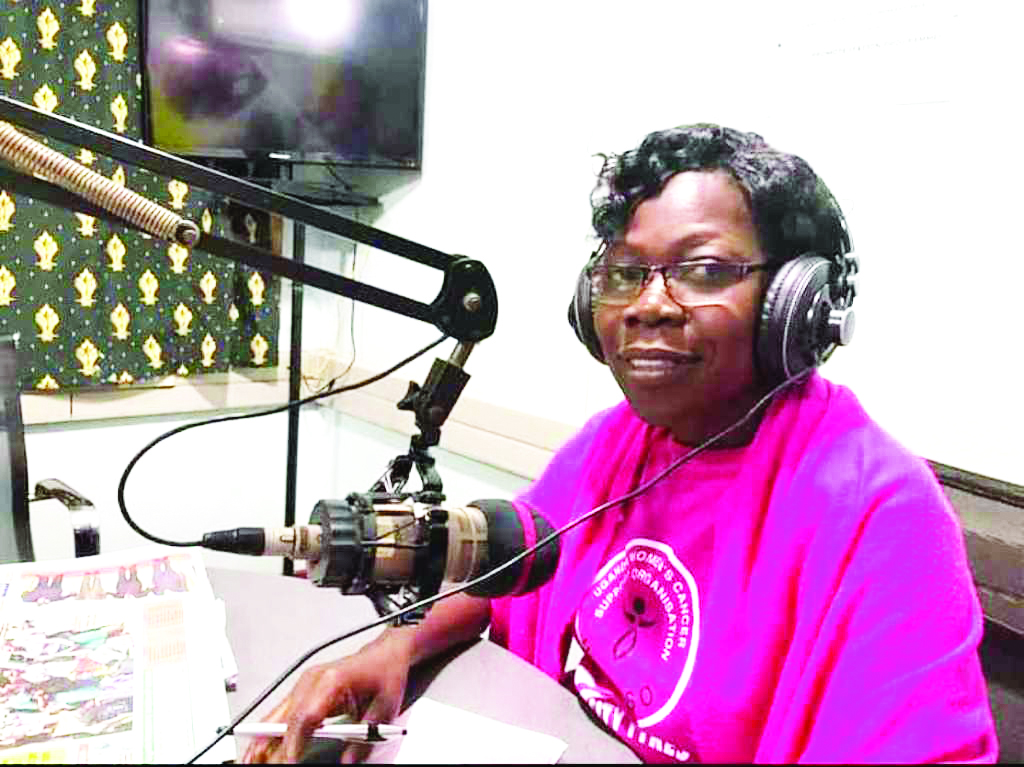
Mammograms save
A mammogram is an X-ray picture of the breast. Doctors use a mammogram to look for early signs of breast cancer.
Dr Mugisha recommends annual screening for women.
“You can discuss screening options with your doctor. It has been noted that survival rates continue to climb due to better treatments and increased screening that finds cancers when they are most treatable,” he says.
He adds that breast cancer mortality will decline due to early detection, better screening, increased awareness and new treatment options.
Treatment options
Common treatments for breast cancer include: surgery, chemotherapy (a drug or combination of drugs used to kill cancer cells), hormone therapy (to slow or stop the cancer cells from growing or metastasizing), and radiation therapy (used to help shrink the tumor. Others are immunotherapy and targeted therapy (medications are designed to target shut down of the cancer cells’ energy supply).
When Nakigudde was given treatment options, she opted for surgery, and was later given chemotherapy for one year. Later, she started on hormonal treatment for five years.
Lifestyle changes
Nakigudde says from her experience, it is common to have depression, anxiety, uncertainty, fear, loneliness, and body image issues when going through breast cancer.
Caring in women with breast cancer is the key to successful treatment of breast cancer. Doctors recommends a balance diet to patients and survivors. She points out the fact that she has followed this right from the beginning 20 years ago, following her treatment. She has maintained healthy eating habits.
She says: “Changing our relationship to food is valuable in recovery. Healthy eating means eating a variety of foods that give nutrients needed to maintain your health.”
A simple hope relayed to breast cancer health
The World Health Organisation (WHO) recommends some behavioural choices and related interventions that reduce the risk of breast cancer: prolonged breastfeeding, regular physical activity, weight control, avoidance of harmful use of alcohol, tobacco smoke, prolonged use of hormones and excessive radiation exposure.
One common strand shared with all the talks with Nakigudde, Dr Mugisha and Dr Mubiru is that a reliable place to start beating the cancer is early detection through regular checkups.
+++++++++++++++++++++++++++++++++++++++++
Subscribe to our website and be the first to receive great Christian news, health information, pastoral guidance, environment, farming and many others. Also, Like and follow us on Facebook at Good News UG.
















